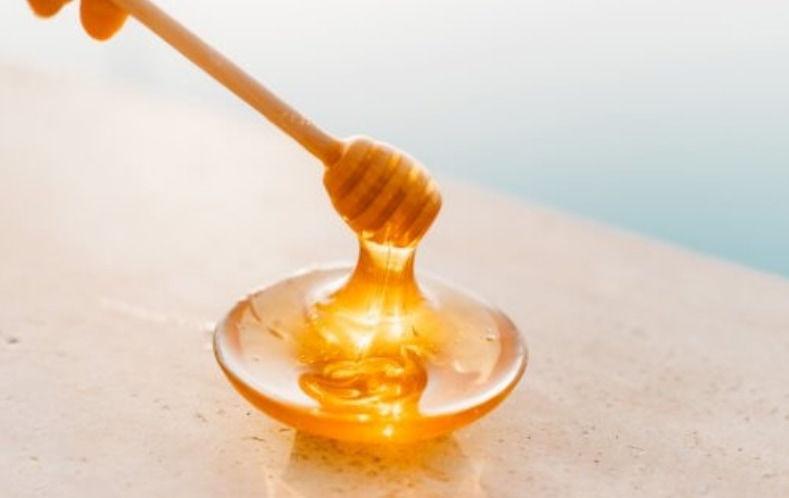
WILLIAMSBURG, VIRGINIA — During the Cold War, the United States and Russia regularly tested atom bombs throughout the mid-to-late 20th century. Now, a recent study finds the radioactive particles of those nuclear experiments are still present today — and they’re in the food that Americans eat, including honey.
What began as a small spring break assignment for students at William and Mary soon grew into a multi-year study of the lingering effects of Cold War era bombs. Their results? U.S. honey contains significantly more radioactive particles than other foods in the study.
To illustrate how these bombs still linger in our food, Jim Kaste, an associate professor in William and Marys’ Geology department, instructed students to bring back local food following spring break. When measuring the isotope cesium-137, a relic of atom bomb tests, they found honey to have almost 100 times the cesium levels as all other foods.
“I measured it again because I thought something happened to the container or my detector was bonkers. I reproduced […]











If we know of all the toxins entering our bodies on a daily basis, it would make us sick.
This does more than ever show the dangers of using nuclear power !!! !!! !!!
Let’s unite to impede to allow Japan to send into the Pacific the Fukushima wastewater !!!
Doing so should cost Japan 1000US$$ compenastion for every inhabitant of all pacific islands and all living in the 20km inland of the entire pacific coastline in Asia, America, Austeralia and all pacific islands !!! !!! !!!
This would just be a modest contributio to the health deterioratin caused by the nuclear wastewater bein deliberately sent again to all the Pacific islands and coastline inhabitants.